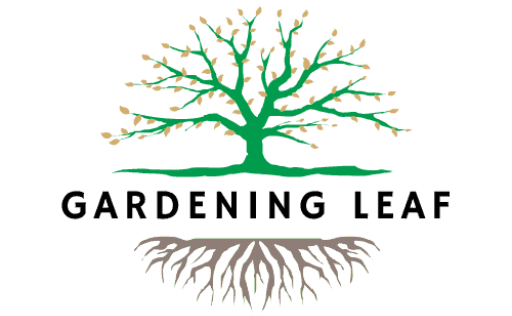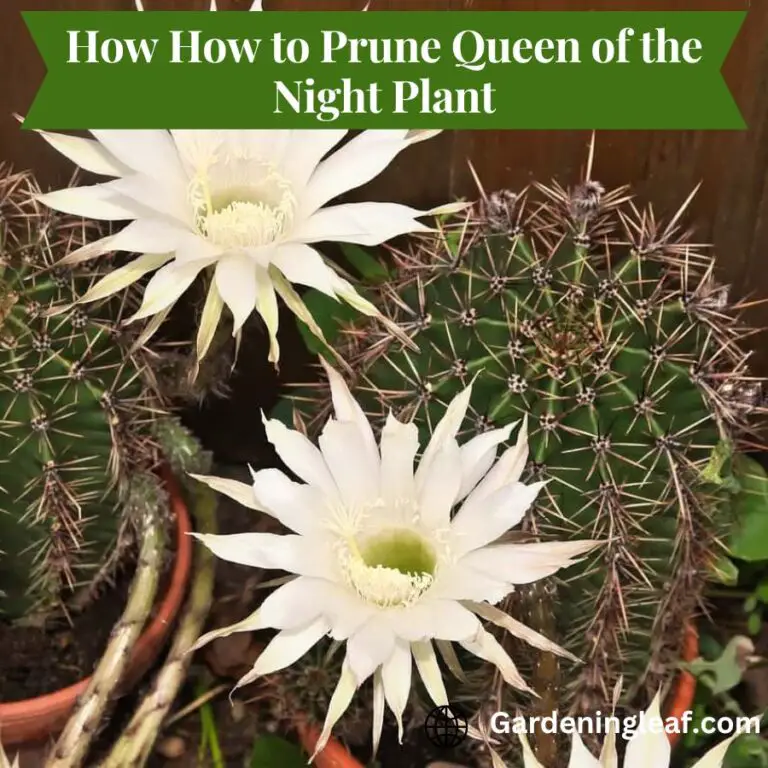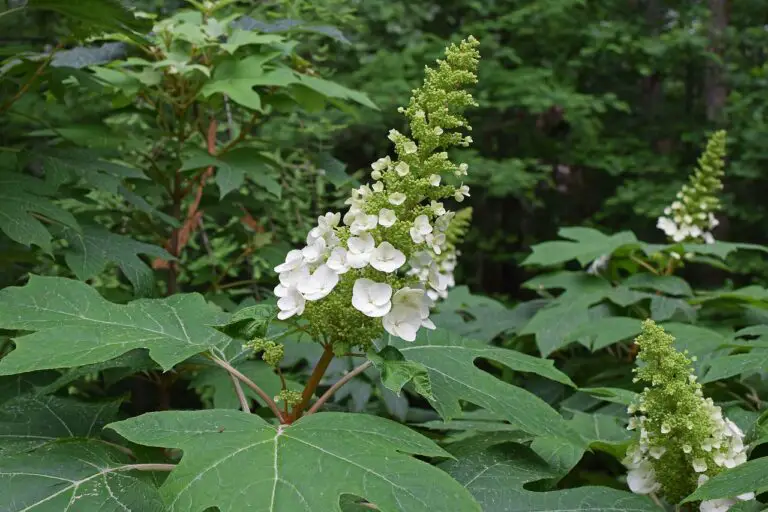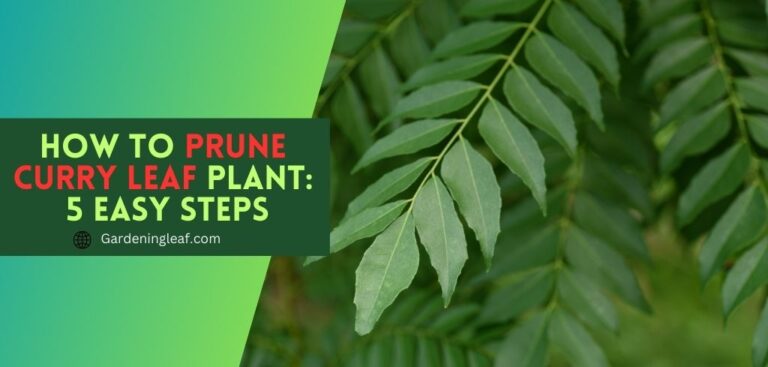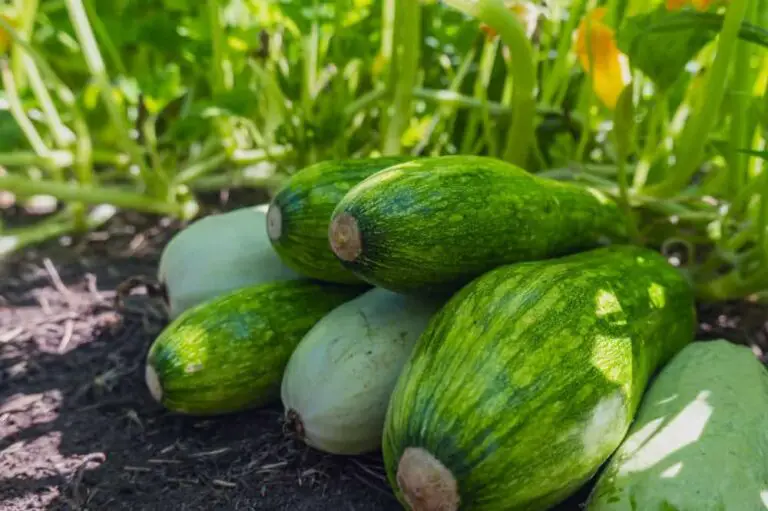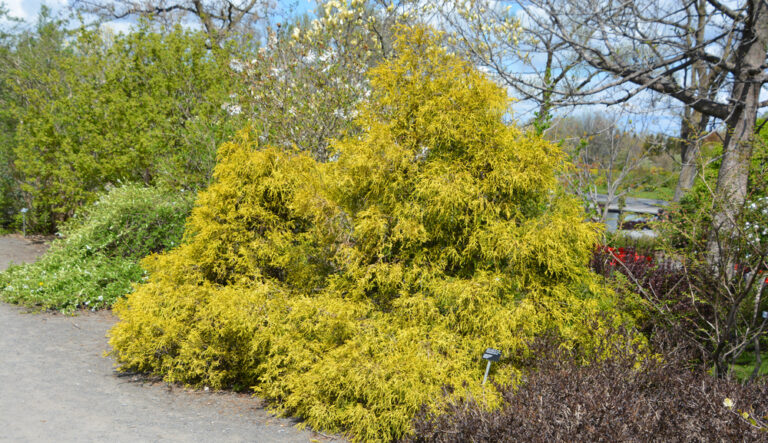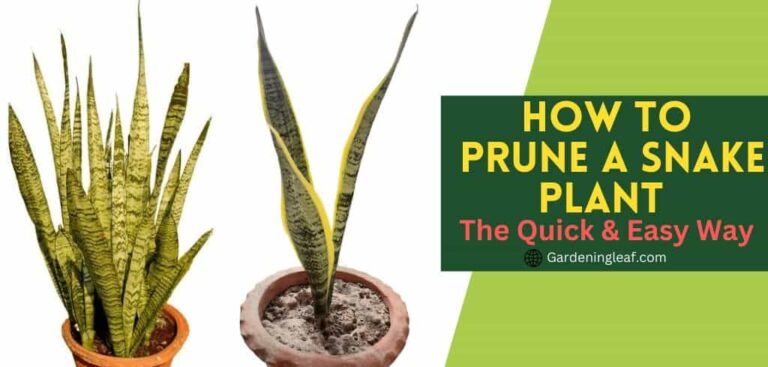How To Prune Pampas Grass : The Perfect Solution
You’ve come to the right place if you’re looking for a solution to removing Pampas grass. In this article, we’ll teach you how to prune Pampas grass properly so it will no longer be a nuisance. Not only will this procedure help curb its growth, but it will also improve the appearance of your lawn. We’ll also give you tips on preventing Pampas grass from returning in the future.
What Is Pampas Grass?
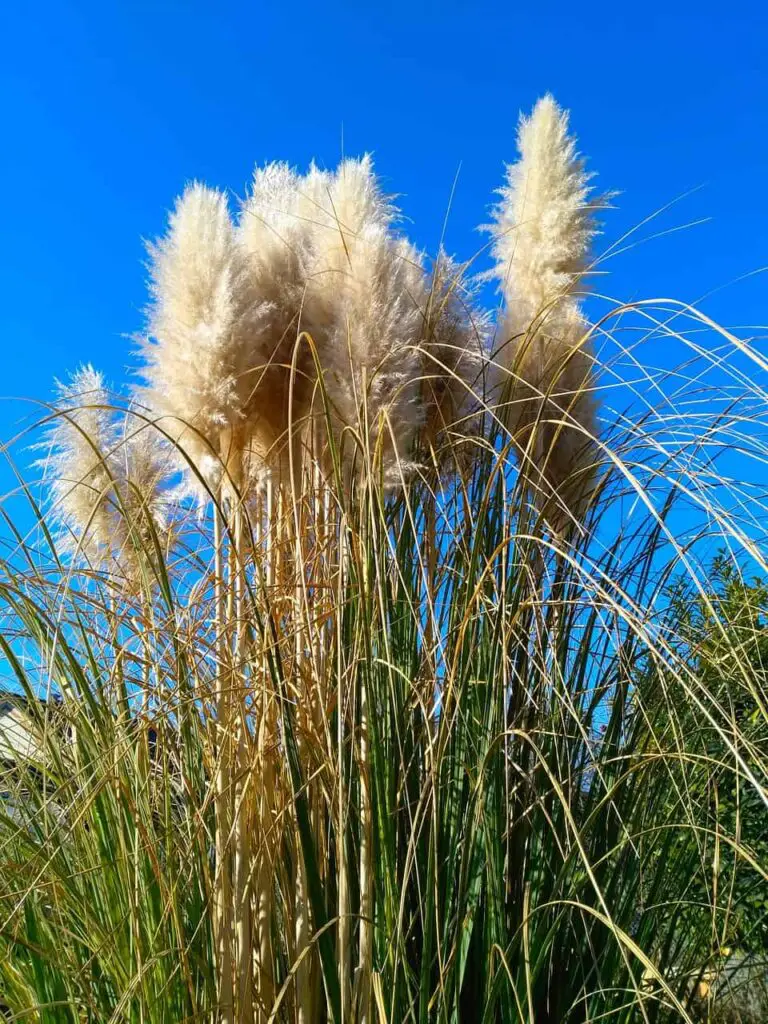
Pampas grass, or Cortaderia selloana, is a popular ornamental grass that blooms in the summer and autumn. It can grow up to 10 feet tall, making it a great choice for larger gardens.
The name “pampa” comes from the Spanish word for prairie and refers to the wide open plains where this grass thrives. Pampas grass has bright, long, feathery leaves and may grow up to 10 feet tall. The peak season for pampas grass is late summer and early autumn, but the plant can be grown year-round in most climates.
Why Is Pampas Grass A Problem?
Pampas grass is a problem because it can grow rapidly and form dense clumps. This grass is invasive, meaning it can take over an area in less than a year. Pampas grass can create unsightly patches of growth on your lawn, and it’s difficult to remove. It is resistant to drought and wildfire, making it difficult for local authorities to control its growth.
Pampas grass is also known for causing problems with air quality. Pampas grass leaves release large levels of harmful toxins when burnt, which can cause serious respiratory problems in people nearby. The plants also absorb heavy metals from soil and groundwater, which can lead to downstream environmental damage.
Lack of knowledge about this invasive species is one reason why stopping its spread has been hard. Many people aren’t aware that pampas grass exists, or they believe it doesn’t pose a major threat because it’s not common in their area. However, if left unchecked, pampas grass could cause significant problems for local communities worldwide!
When Should You Start Pampas Grass Removal?
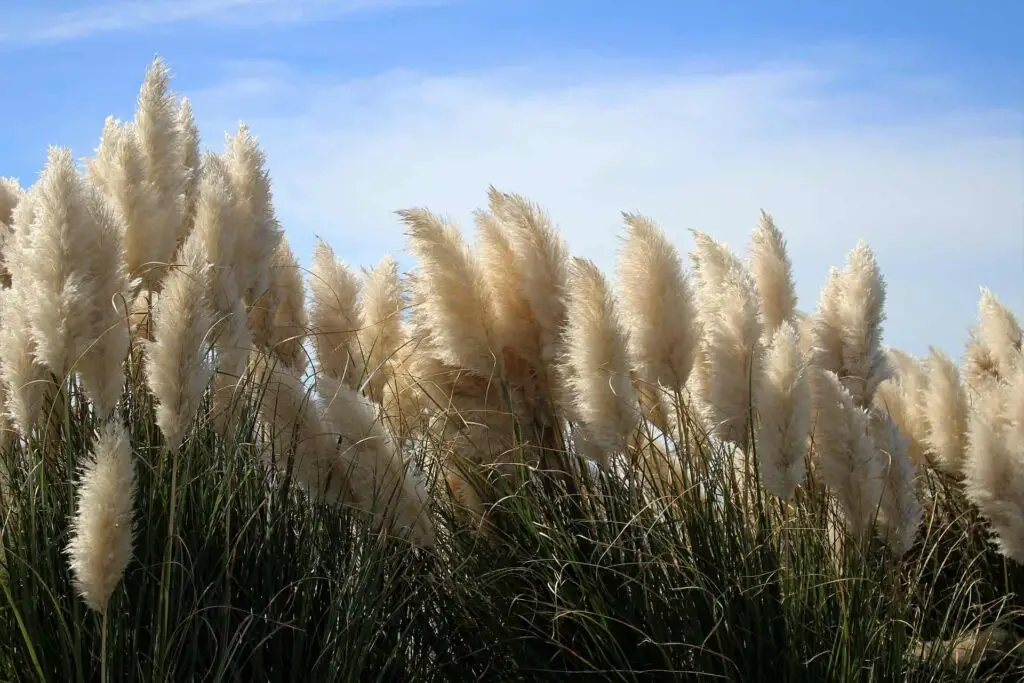
If you’re looking to improve the aesthetics of your property, then pampas grass removal is a good option. Pampas grass (Cortaderia selloana) is a fast-growing perennial that can quickly fill any open area on your property. It’s difficult to remove and can be damaging if left unchecked.
So when should you start removing pampas grass? Ideally, this would happen during or after a storm so the turf is wet and vulnerable. However, usually, eradication will need to commence before growth becomes too dense – typically around six inches per year for most varieties of pampas grass. Be sure to consult an experienced landscaper if you have any questions about how best to proceed.
Read More:- How to Clear an Overgrown Garden Fast
What are the Risks of Pampas Grass?
Pampas grass (Cortaderia selloana) is an invasive grass spreading globally for many years. It’s a fast-growing plant that can quickly fill any open area on your property, making removing it difficult. Pampas grass also causes air quality problems, requiring serious care to keep it healthy and thriving. If left unchecked, pampas grass could cause significant problems for local communities worldwide! Some of the risks associated with pampas grass include:
- Increased air pollution due to its foliage
- Damage to electrical equipment and plumbing due to its extensive root system
- Reduced agricultural yields as pampas grass blocks sunlight from reaching plant growth below it.
How to prune Pampas Grass to be Best Removed?
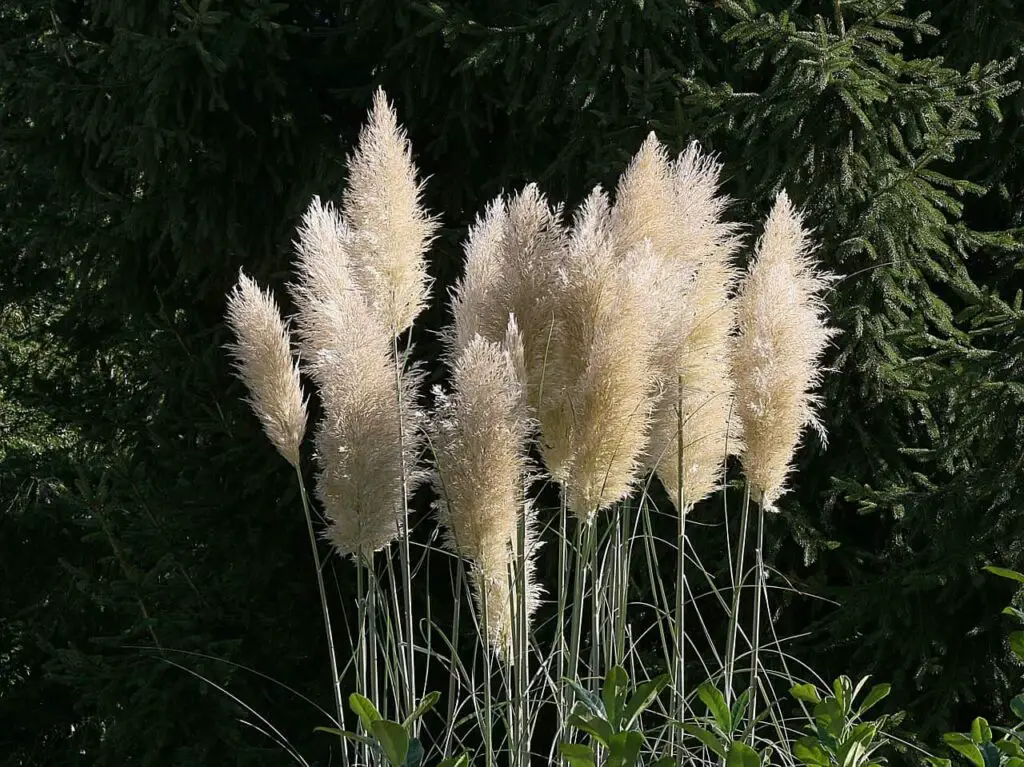
The best way to remove pampas grass is typically by blade removal. This can be done with a rotary saw or an electric mower, depending on the size and type of pampas grass you’re dealing with. Wear protective gear, including goggles and a face mask, as pampas grass can release toxic compounds when cut.
Suppose you’re looking to improve the aesthetics of your property but don’t want to deal with the risks associated with Pampas Grass. In that case, we recommend contacting a professional landscaper who can handle the job safely and efficiently.
This nuisance can be pulled from your lawn using proper gardening tools like a gardening lopper or pruning shears. Using the right tool for proper pulling will help eliminate pampas grass effectively with minimum damage to your lawn’s turf.
There are a few different ways to prune pampas grass:
- Pesticide use- Applying pesticides directly to the grass will kill it, but this is usually not an ideal option because of the potential for environmental damage.
- Hedge Trimmers – Pampas grass can be cut short with a hedge trimmer, but this will leave relatively long stems that may need to be trimmed again.
- Rotary Saw – Pampas grass can be cut using a rotary saw, which is the quickest and most effective way to remove it. However, this method also has the potential for environmental damage than other options. When to Cut Back Pampas Grass.
- Electric Hedge Trimmers – An electric hedge trimmer is the best option for removing pampas grass if you don’t have access to a rotary saw or an herbicide. This tool has blades designed to cut through long grass and is relatively easy to use.
- Using a Pampas Grass Control Kit- These kits include specific tools such as herbicides or grass- Killing mowers target pampas grass specifically. If using a kit, follow the instructions carefully to avoid accidental damage to plants or soil.
- Ultimately, the best way to remove pampas grass is typically determined by the condition of the plant and surrounding landscape. If pampas grass appears to be creeping or growing aggressively, a more invasive removal method may be necessary.
Read More:- How To Water A Garden Without A Hose
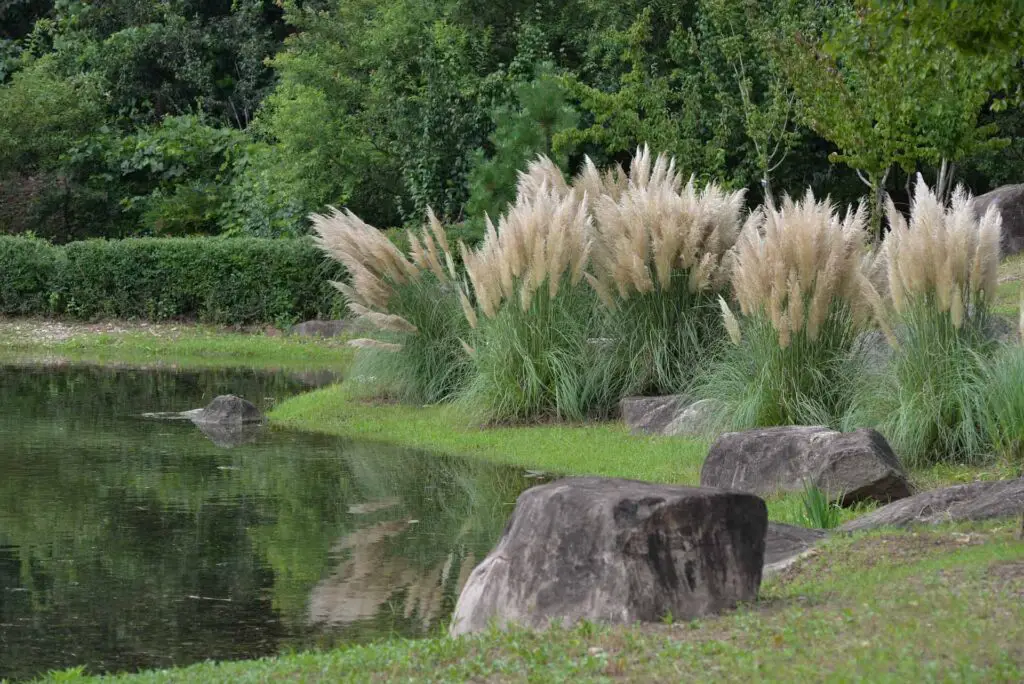
Pampas grass illegal?
While pampas grass is illegal in Australia, it is not in the United States. Pampas grass is not considered a weed in most states, and there are no plans to ban it in the US.
Is pampas grass harmful?
Pampas grass can be invasive, so it may harm other plants in the garden if not properly controlled. Pampas grass also has a feather-like quality that makes it difficult to trim, which may lead to excess growth. If you are growing pampas Grass, read the instructions carefully before using any available removal options so you do not damage your plants or the surrounding area.
How long can pampas grass be left un-cut?
If pampas grass is cut using a hedge trimmer, the plant will typically re-grow within 3 to 4 months. If pampas grass is cut using a rotary saw, it may take up to two months for the plant to grow.
Can you cut pampas grass for decor?
Pampas grass can be used for decor, but you must be careful not to allow the plant to grow too long, or it will become invasive. Pampas Grass must be cut short using a hedge trimmer or rotary saw to prevent the plant from becoming a nuisance.
Is pampas grass hard to remove?
Pampas grass can be easily removed using a hedge trimmer or rotary saw. However, if left un-cut, the plant will re-grow quickly and may become invasive. Be sure to follow the instructions carefully when trimming your pampas Grass plants to avoid damaging them or the surrounding area.
What month Should I cut back pampas grass?
If you are considering cutting back pampas Grass, we recommend doing so in the late winter months. Pampas Grass will re-grow quickly if not properly managed and can become invasive if not trimmed back in time.
Read More:- How To Fix Hosta Scorch
Conclusion
It is important to be careful when trimming pampas Grass plants, as excessive growth can make them invasive. You should cut back pampas grass using a hedge trimmer or rotary saw in the early summer before it re-grows too long.
If you don’t feel confident that you can Prune on your own, get a professional to do the work for you, and you’ll soon have the best-looking lawn in your neighborhood.
In addition, if you want to prevent Pampas grass from returning, we recommend implementing regular mowing and herbicide treatments between each cutback.
When cutting back pampas grass, follow the instructions carefully to avoid damaging your plants or the surrounding area. Pampas Grass leaves grow quickly and may become a nuisance if not trimmed back in time, so follow the instructions closely when trimming your plant.
References:
https://www.gardeningknowhow.com/ornamental/foliage/pampas-grass/pruning-pampas-grass.htm
